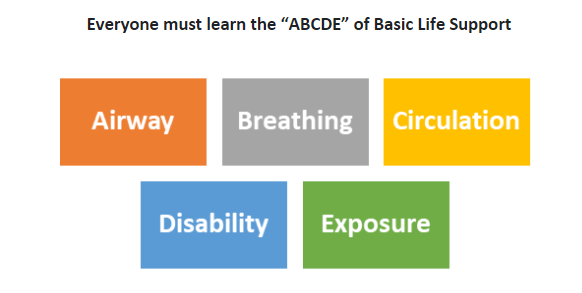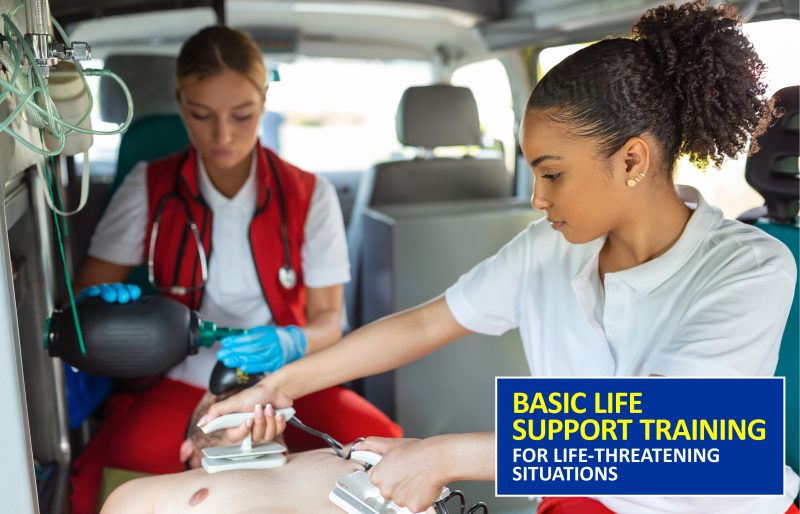Basic Life Support Training for Life-Threatening Situations
The medical treatment given to patients who are experiencing life-threatening conditions, illnesses, or injuries is known as basic life support, or BLS. A level of first aid treatment known as Basic Emergency Life Support (BELS) is used in emergency and life-threatening situations until paramedics can provide professional care or the sufferer can be taken to a hospital.
Around 20,000 Australians experience an out-of-hospital cardiac arrest, it is up to observers to determine when BLS should be administered. It is crucial that everyone is sufficiently knowledgeable about the necessary abilities. People who are choking, drowning, or experiencing a sudden cardiac arrest can benefit from these vital skills. For some people, knowing how to do basic life support might make the difference between life and death.

The ABCDE (Airway, Breathing, Circulation, Disability, Exposure) technique is used to evaluate and care for patients.
Anyone after completing basic life support training is able to:
- Identify critical situations and take appropriate action
- Share information about the occurrence.
- Respond to indications that a patient is unconscious.
- Show how to use emergency action plan
- Provide quality CPR
- Recognizing and treating wounds and bleeding
- Control potentially fatal infections
- Protective physical handling
Basic Life Support is for Everyone
Associated life-saving methods including cardiopulmonary resuscitation (CPR) and the use of an AED are included in BELS training. This kind of education is good for those in the medical field and is typically needed by instructors, daycare providers, social workers, and security personnel. BELS training is not, however, restricted to these occupations.
For training in basic life support course you will find various institutes with certification and recertification options. Additionally, learning is advantageous for everyone, even though BELS certification is advantageous for all medical professionals.
An emergency response expert must conduct Basic Life Support after performing the following steps:
- Awaiting a response
- Make a call for assistance
- Examine the circulation
“Are you okay?” must be said by an attending emergency response worker, who must not be scared to yell. The goal is to determine whether the patient need emergency assistance and urgent medical care.
The patient arrives at the automated external defibrillator by dialling 911 or shouting for assistance loud enough for others to hear (AED). If the emergency response professional or BLS provider is left alone with the patient, they must maintain their composure.
The best approach to examine a patient’s pulse in an adult is to check the carotid artery. The person answering must first examine the brachial or femoral arteries in youngsters. A maximum of 10 seconds should pass before taking the pulse. Chest compressions must be done right away if the patient’s pulse cannot be felt after 10 seconds. What does “Basic Life Support” entail?
Who Requires Instruction in Basic Life Support?
Medical practitioners like doctors, nurses, and other healthcare workers who need to master these skills professionally should take BLS classes. However, anyone may enrol in the course and learn the skills – many employers require it of their staff, and it’s crucial for parents and other individuals who might find themselves in a position where they must assist someone in an emergency.
How First Aid Training Can Advance Your Career?
Anyone can benefit from first aid training since it gives them the know-how to assist someone in an emergency. Additionally, this kind of instruction has a profound effect on your job. We have now covered the advantages of first aid training on both a personal and professional level. For any additional details, you can speak with our counsellor.
Related Blog: 5 Steps to Getting Your First Aid Certificate


